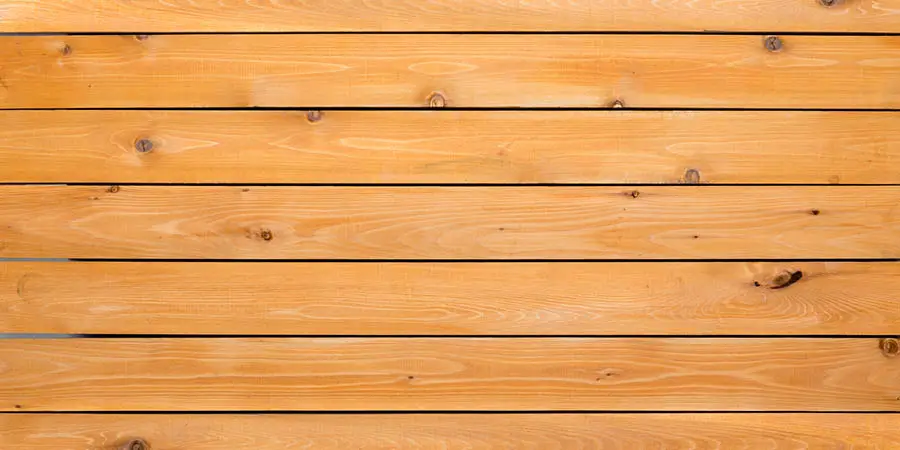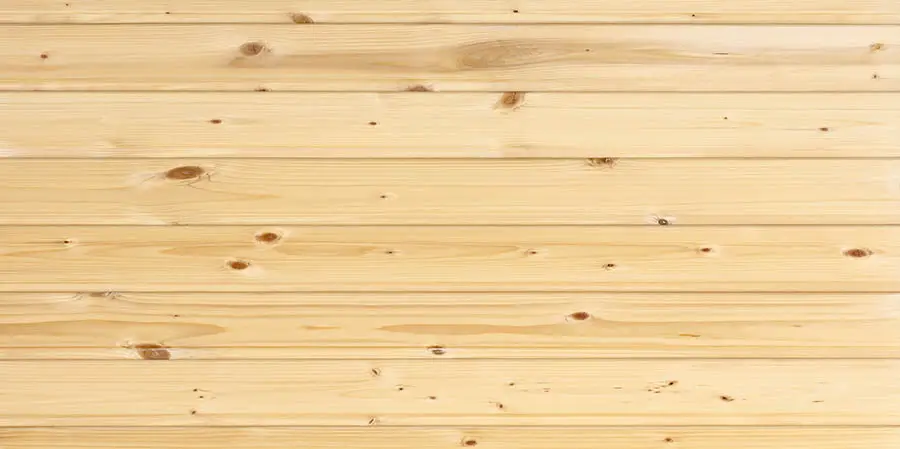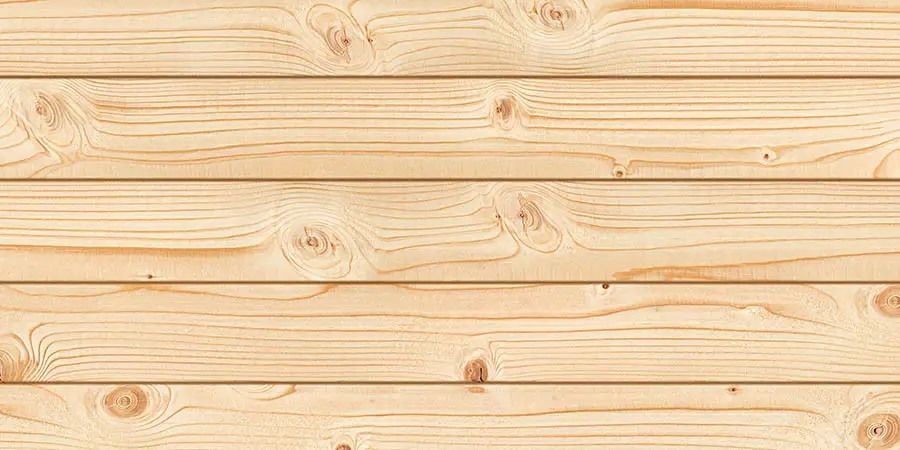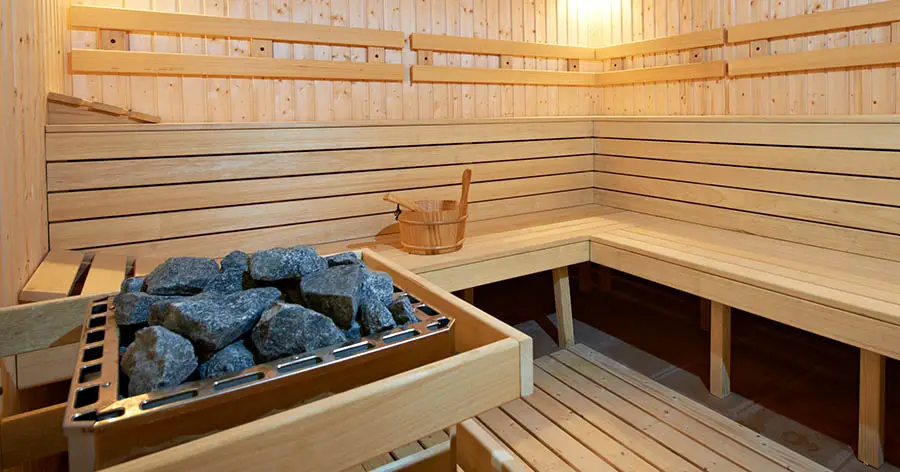If you’re starting to think about building your own sauna, or maybe you’re even at the planning stages getting ready to start construction, one of the questions you’ll have early on is which type of wood you should use for the sauna. You want something natural, that can breathe with the heat and, in the case of steam saunas, humidity. You want to wood to stand the test of time, while also having that classic sauna smell too!
While most saunas are made of Cedar due to its combination of durability, breathability, and reasonable price. You can customize your DIY sauna experience by selecting options like Pinewood or Hemlock for a different smell, or even Eucalyptus if you want a more sustainable option. Basswood (which is hypoallergenic), Poplar, and Spruce are also great options.
If you’re looking to have a sauna for a long time, go for the cedar; if you are looking for something hypoallergenic, go for basswood. These are some of the best types of wood that are commonly used for saunas, however, your needs may be different from others. All of these different types of wood have unique benefits so a little research upfront will help you have confidence in making the decision about which is the right wood for you.
Woods That Are Commonly Used For Saunas
There’s a good chance that if you picked any of these woods at random, the final sauna you construct will meet your needs and function well. However, if you do take just a little extra time to pick the exact right wood for you, then that will make your sauna an even more satisfying place for you to spend time. This is the type of project that is worth the extra effort and intention, because a sauna can be a very personal and meditative space.
Cedar

This is one of the most common softwoods to use in saunas. Why? Well, it’s a low-density wood which means doesn’t get super hot to touch. This is perfect to lounge in all day. On top of that, cedar does not expand or contract a lot with the weather, which can be vital if you have drastic seasonal shifts your outdoor sauna will be exposed to.
You may have heard that cedar contains phenols. This is the compound that is responsible for the lovely scent of cedar. The phenols or aromatic smell of the cedar actually help the wood stay mold resistant as well. It is non-toxic and one of the best reasons to get cedar for your sauna. In fact, a lot of people choose it for the smell alone.
Pine

This wood looks just like spruce, except that it has way more knots in it. Knots in the wood are the spaces where dead branches used to be. Pine is also somewhat more prone to warping over time. You may not like the look of a few mismatched edges (from warping) or knots, so that’s a cosmetic reason to shy away from this wood. The knots, being denser than the surrounding wood, also pick up more heat which can be annoying. Pine is one of the cheaper wood options for sauna construction, but that said it will still work just fine. Not to mention the lovely scent of pine!
Hemlock
This wood is a lot like cedarwood; it is a deep reddish-brown color, but also a somewhat higher tendency to have nots in it (not as many knots as pine but more than cedar). Hemlock s also more prone to splintering. The wood is very fragrant, and price-wise can be had for less than either pine or cedar typically.
Hemlock is more often seen for use in smaller features, like the trim around doors and windows. It is dark and smells nice. This can be worked on for your sauna but may require more maintenance due to the knots that come with it, but if you’re a real woodworker then you can consider using Hemlock for some trimming just to make it that much more of a nice, custom space with a few elegant touches.
Spruce

This is a wood you will commonly see in Finnish saunas. It is fine-grained, light-colored, with fewer knots than Pine. It doesn’t have a strong scent; if anything, it smells like sweet wood. It is a cheaper option than cedar or Hemlock. One benefit to using this light-colored wood is the brightness and coziness that you can get in the sauna, while other woods may easily lead to a dim space. This isn’t going to be something many people worry about, but, again, if you’re doing this thing custom, then you should consider all these little details.
Basswood
This is usually cheaper than other hardwood alternatives and has less scent than Cedar or Hemlock. It is actually great for those who struggle with allergies. The wood emits less fragrance and fewer toxins than other woods. It has little to no knots, making it super easy to maintain, and it is light-colored, meaning it will not stain as easily as some of the other wood options. This is one of the best choices for building your sauna.
Poplar
This is another hypoallergenic hardwood that you will typically find in hospitals or other medical facilities. It is lighter than Cedar but tends to be darker than Basswood. It is more expensive than cedar or Hemlock, but one of the downfalls is that it gets much hotter than other wood options. It is durable and will not warp over time, and is lightweight for hardwood.
Eucalyptus
This is a reddish-brown color and is a sustainable option for your sauna. This type of wood grows in Australia and it has some unique features around how fast it grows. It can be regrown quicker than other types of wood, making it a more sustainable option for those who want to trend toward green/sustainable materials for their sauna. That said, it is typically costly to use this wood in a sauna compared to other options. This premium may be worth the satisfaction of being sustainable, and Eucalyptus is known for some other health properties that may make you feel like you’re getting a slight wellness bonus in your sauna if you go with this wood.
Should You Use a Hardwood or Softwood for a Sauna?
When we talk about wood, you will notice the terms softwood and hardwood, but what exactly does that mean? Softwood comes from evergreen-type trees or conifer trees and is typically easier to cut down than hardwood trees. Softwood trees include Cedar, Pine, Hemlock, and Spruce.
Hardwood comes from deciduous trees, which tend to grow slower and be harder to cut. Softwood is durable enough for saunas, but typically hardwood is better for other construction. Softwood is also usually cheaper than hardwood, but that is not always the case. Softwood, being less dense, can also allow the sauna experience to be a bit more pleasant at higher temperatures, where the “softness” leads to the wood not getting as hot. That means you won’t burn yourself or have to tough uncomfortably hot surfaces when operating your sauna at higher temperatures, a problem that you may have with hardwoods.
How to Choose the Right Wood for Your Sauna

The first thing you will want to do is start drawing out how your sauna will look. Then you will need to answer some key questions.
- What benefits are you looking for?
- What is your price range?
- How big do you want your sauna?
- Do you prefer a darker look or a lighter look?
- Should you pick different wood for the inside and outside?
- What is the most durable wood? Do I need it?
Once you answer all of these questions, you can look through the list above to determine which wood is best for your sauna. You really don’t need two different kinds of wood; you can use one wood for the inside and the same one for the outside as well. And be sure when planning to consider more than just the “box” of the sauna. You’ll need somewhere to sit, somewhere to put the heating source and water, and it would hurt to go ahead and grab a hygrometer like the MIXFIN wood sauna hygrometer (on Amazon) which you’ll want to put somewhere inside the sauna.
How Do Different Sauna Wood Options Compare on Cost?
Depending on where you live and how readily available certain woods are will determine the prices. In general, the best way to find prices is to go to your local hardware store that sells wood. They will be able to tell you the full cost of the wood by type, size, and thickness. If you go for Eucalyptus, it will generally be much more expensive than cedar, but checking locally is the only way to figure out exactly how big of a gap it’s going to be based on what different woods can be had for in your region.
How Do You Figure Out The Cost of Wood for Your Sauna?
You’ll need to first design your to start a conversation about the cost of wood. After you design the sauna, you can use simple geometry to figure out the total square footage of materials you’ll need. Just put some nice round numbers in for awkward sections like the seats. Once you have a total square foottage, you’re ready to start a conversation with the guys at the lumber section of the hardware store to figure out how much wood you’ll actually need to buy. If you want to make 100% sure you have all the wood on site to compelte the job, then buy 10% more than you think. If you’d prefer to buy exactly the right amount of wood, buy it in batches as you work on the sauna, or maybe purchase only 90% of what you think you’ll need up front. You can always get more wood.
Should You Use a Wood Base for Your Sauna?
While the floor of your sauna should be wood, we would recommend using a cement base below that, so that the wooden floor is not in direct contact with the ground and the elements. Obviously this conversation is more geared toward those working on outdoor saunas. You can use cement for the floor instead of wood, but if you do that plan to have some slippers to use when getting in and out–while a cement floor will stay cool enough to walk on even after the sauna has heated up, a wood floor might get a bit too hot for the bottom of your feet.
In Conclusion
There’s no question that cedar is one of the best options for sauna wood, which is why most saunas you’ll run into using it. Not only is it cheaper than hardwood but it’s also sturdy enough to be in a sauna in the first place. It does not get extremely hot; It can withstand drastic temperature changes, and the composition of the wood means it not only smells nice but can help protect your sauna from becoming moldy. However, if you’re making your own custom sauna, you’ll want to consider the benefits of other wood options just to give yourself the confidence you’re making the right decision for you.
